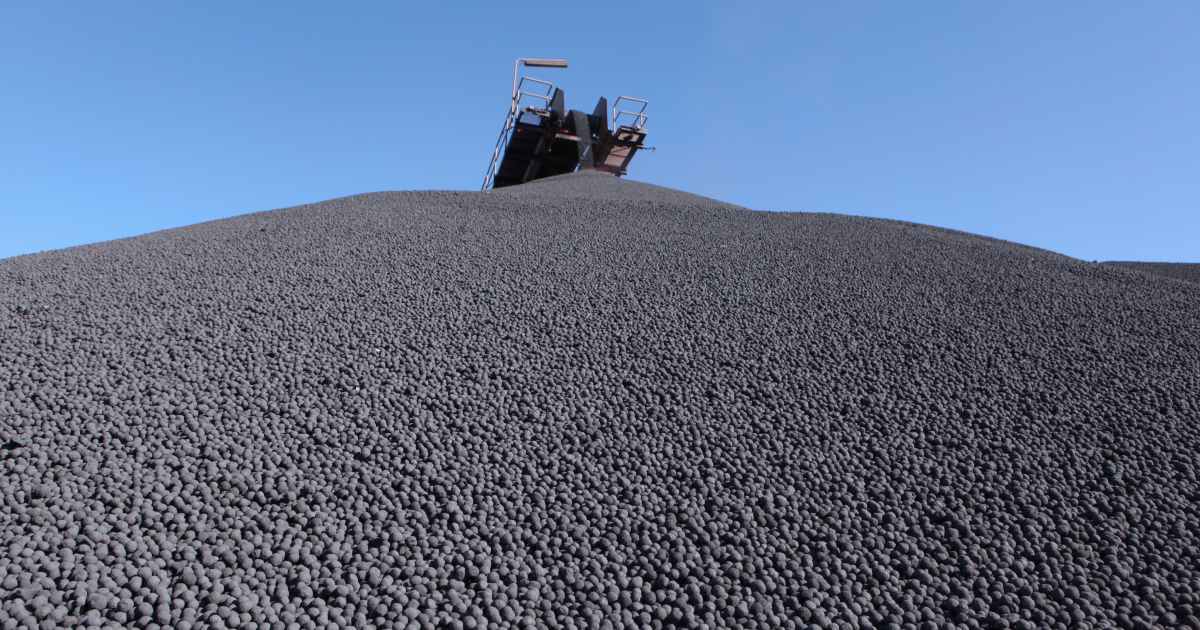
News Global Market DRI 1894 18 March 2024
The bulk of the products were shipped from Russia, Libya and Venezuela – 187.45 tons, 21.45 thousand tons and 29 thousand tons, respectively
In January 2024, the European Union increased imports of direct reduced iron (DRI) by 68.4% compared to the same month in 2023, to 358.86 thousand tons. This is evidenced by Eurostat data.
Compared to December 2023, in January 2024, DRI imports by European consumers increased by 69%.
In January, the main importers of direct reduced iron among the EU countries were Italy, Germany, Belgium, and the Netherlands, among others:
- Italy – 141.26 thousand tons (+5.9% y/y);
- Germany – 62.67 thsd tonnes (+44.1% y/y);
- Belgium – 50.66 thsd tonnes (+5.9% y/y);
- Netherlands – 74.34 thsd tonnes (2.2 thsd tonnes in January 2023).
Russia is the largest supplier of DRI to the EU. In January, Russian companies shipped 187.45 kt of direct reduced iron to European consumers, up 67.7% y/y and 46.9% m/m.
The main importer of Russian products is Italy – 126.04 thousand tons, up 181.3% y/y. Belgium ranks second with 50.66 thsd tonnes (+5.9% y/y).
During the month, Libya shipped 21.45 thsd tonnes of DRI to the EU, up 45.2% y/y and 635% m/m. Venezuela exported 29.998 thsd tonnes of the product to the EU (-28.1% y/y, +493% m/m).
As GMK Center reported earlier, in 2023, the EU reduced imports of direct reduced iron (DRI) by 11% compared to 2022, to 2.61 million tons. In December 2023, the volume of DRI supplies to European consumers increased by 19.9% compared to the previous month, and by 146.5% compared to December 2022, to 213.12 thousand tons. The largest supplier of DRI is Russia – 1.19 million tons (-21.3% y/y).




